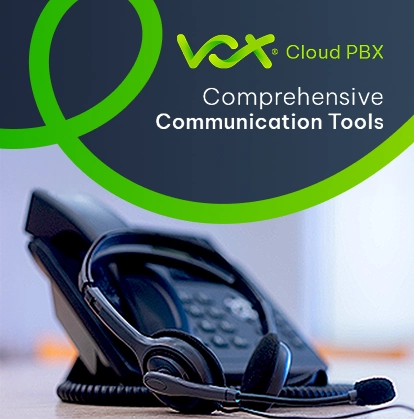As the world becomes increasingly interconnected, it’s time to ditch slow, reactive cybersecurity measures for efficient, proactive solutions and long-term risk reduction.
There’s no going back. Hybrid work and rapid cloud adoption strategies are the future of business as we know it. It’s not difficult to see why – they make day-to-day operations easier overall, not to mention far more affordable. According to Skybox Security Vulnerability Threat Trends Report 2022, it’s estimated there’ll be about 55 billion connected devices globally by 2025.
That doesn’t mean this smarter, more efficient world doesn’t come without risks. Not only are threat actors capitalising on vastly increasing attack surfaces, they’re also able to do so at speed, for very little money. With MaaS (Malware-as-a-Service) and crypto-jacking (hijacking a computer to secretly use it to mine cryptocurrency) on the rise, just about anyone hoping to make a quick buck is a new and very real threat.
Cybersecurity protocols need to evolve to meet these threats head-on. The best way to do this by implementing a proactive approach and, where possible, managing vulnerabilities before they become a real issue.
Vulnerability Management vs Vulnerability Assessments
They may sound similar, and, in fact, one forms part of the other, but there’s a key difference to assessing your environment for vulnerabilities with manual and automated scans and implementing a continuous vulnerability management strategy.
The assessments are the first step to discovering where the faults may lie, from your network to your operating system and applications. Vulnerability Management may start with assessments, but it doesn’t end there. It also includes constantly and consistently treating, reporting, managing and eliminating vulnerabilities across endpoints and the systems and software they run on. Because, once an assessment is done, more often than not, new, previously unknown vulnerabilities are already on the rise.
In fact, vulnerabilities rose by 88% in operational technologies from 2020 to 2021. This also highlights just how important protecting endpoints has become. With IoT (Internet of Things) and analytics becoming more widespread, every device connected to your network can be considered a liability if not continuously monitored and managed.
The Armata Approach
One of our newest offerings, Armata Vulnerability Management takes things up a notch by adding structure and accuracy to every cybersecurity plan. Not only will we know what your key assets are, we’ll also have a greater understanding of where to prioritise our efforts to reduce your risk overall.
Our risk-based Vulnerability Management is designed to uncover vulnerabilities across your entire attack surface – including IoT, cloud and containers.
Rather than relying on sporadic scans, we’ll conduct continuous, in-depth assessments across the surface as a whole – from network to applications and operational technology – all while making the best use of the resources available.
Better still, with predictive prioritisation, our security teams are able to save valuable time and improve efficiency by focusing on remediating the top three percent of vulnerabilities most likely to be exploited first. This includes giving each vulnerability a priority rating and understanding which of those will be exploited within just 28 days.












